Levy Institute: Climate Change and the Ethical Obligation to Know
“The economy is a wholly owned subsidiary of the environment, not the other way around.” Herman Daly
In his presentation at the Levy Institute’s recent panel on central banks and climate change, William Oman outlined major views on the role of central banks and financial supervisors in an age of ecological threats and climate change, referencing a chapter he and co-authors Mathilde Salin and Romain Svartzman contributed to “The Future of Central Banking.” The intense debates of recent years target two issues in particular: growing ecological threats to price and financial stability, and the evolving redefinition of the role of central banks and financial supervisors (CBFS), especially concerning large asset purchases and liquidity provision, in what scientists know to be a climate emergency.
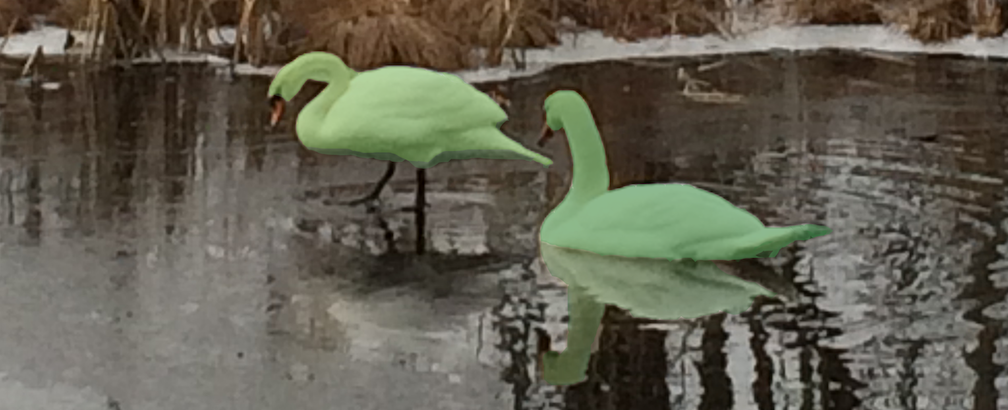 Photo credit Robert Kraus, but where was it taken?
Photo credit Robert Kraus, but where was it taken?
Oman identified three main normative approaches. The first, considered the least active response, is risk-based and would limit responses of CBSFs to cases of direct risks to monetary or financial stability. In the second, CBFSs would more proactively address climate change. The third, which Oman calls an evolutionary perspective, focuses on the context in which central banks operate, a constantly evolving role that would undergo change once thought incomprehensible, in our changing world. That would need to work in concert with broad institutional transformation.
Oman also mentioned the less common belief that central bankers should refocus on their “narrow core” mission of price stability and that the “first best” solution to climate change is carbon pricing.
Of course, all approaches are driven by very different visions of the world, of money, finance, the role of the state in the economy, and different theories of value. Historically and ideologically situated, they all raise questions regarding the development of central bank mandates, and the profound ways in which they matter.
The first view assumes central banks and supervisors are “guardians of financial stability,” that money is neutral, markets are stable, and the state has a role in righting capsized markets. Since financial systems are vulnerable to extreme climate events that in turn limit central bankers’ ability to manage inflation, addressing climate change falls within central bank mandates. Under this outlook, CBFSs could contribute to the green transition by measuring climate-related risks, with forward-looking climate stress tests—already underway—and lay out the outlines of how climate change could affect the structure of monetary regimes. Through their actions central bankers contribute to climate risks both directly and indirectly, and so have double materiality. This view is limited both by the fact that climate risks are hard to measure, and even good measurement would not insure responsible capital allocation, all making it unclear that central banks may not be able to carry out their stability/price mandate as climate extremes intensify.
The second and more pro-active view assumes money is not-neutral, and has long-term impacts on the economy, especially in production; financial markets are not efficient and regularly misallocate capital; and the state has both a market creating and shaping role. CBFSs have “significant power” over finance, which in turn has significant power over the economy, while the radical uncertainty engendered by climate change means that worst case scenarios, catastrophic for human civilization, cannot be excluded. Central proposals include requiring regulated institutions to submit transition plans, provide financing at low interest rates for low-carbon activities, and a “green QE” under which banks would purchase publicly issued low-carbon bonds. A major drawback to this outlook is political, central banks would be taking on social issues that should fall to elected governments, filling that void. Another is practical, even pro-active central banks cannot succeed on their own. Goals could clash, and greenflation will almost certainly cause instability—to put it mildly!—in certain sectors. Again it’s not clear inflation mandates can be managed under this approach, and a change of mandate could be necessary. (Oman et al. do not endorse any one approach. Theirs is more of a public-service piece.)
The third view is the most expansive, framing money as a social institution, finance as unstable, and the state as a key coordinator. Here, central banks have to act on ideas coming through the first and second outlooks, but cannot make up for weak efforts of fiscal authorities or poor industrial policy.
Here Green Swans swim into view. In a Forbes interview, John Elkington distinguishes green swans from black by noting that black swans often take you where you don’t want to go, and green swans where you do want to go, but with the intense and unpredictable risks that travel with disruptive technologies. Such risks can lead to irreversible losses in certain sectors that can’t be hedged or insured against by individual agents. Managing green swans calls for broad policy coordination and suggests the role of central banks would have to be profoundly changed, part of a broader systemic reshuffling.
Ambitious goals include radical change in our policy frameworks, coordination with other policymakers, and perhaps fiscal and industrial structures aimed at moderating consumption. CBs could support government-led transitions by keeping interest rates low, with direct financing perhaps an option. Some of the big issues include the fact that CBs have limited ability to address ecological crises, like declines in biodiversity and mass extinctions, and are vulnerable to ecological limits. Oman includes growing evidence that GDP limits could be required, at least in rich countries, which would have profound effects on central banks—need we add? And the need to coordinate between the monetary/financial and real economies may make such a project a nonstarter. This approach would also require democratic consideration to balance inflation goals and ecological objectives.
Now, on to Oman’s open questions. Sobering fact: all of these views are susceptible in “profound ways” to the possibility that we may already be in an under- or even unacknowledged climate emergency. Tim Lenton, of Exeter’s Global Systems Institute, and his colleagues have defined a climate emergency as the product of risk and urgency. Risk is defined by insurers as probability multiplied by damage, urgency as reaction time to a climate red flag divided by the time needed to offset the worst outcomes. We are in an emergency situation if both risk and urgency are high. If reaction time is longer than intervention limits, we have lost control.
Here’s the formula: E = R x U = p x D x r/T
Referencing Lars Peter Hansen’s repeated admonishments that “every model is by nature mis-specified” by the complexities of our world, and that we have to do a better job of including uncertainty in public policy, Oman stresses that those weaknesses would unravel ideas and plans, and the fact that we need to work through mis-specifications itself illustrates the limits of our body of knowledge.
Oman adds in Stanford economist/philosopher Jean-Pierre Dupuy’s idea that our great power to destabilize earth systems, which has made our civilizations possible, brings great responsibility—the ethical obligation to know. But this obligation faces “profound limits:” the structural complexities of ecosystems and their unknowable, catastrophic, tipping points; and the unpredictable limits of the new technologies, specifically our ability, or inability, to substitute increasingly scarce natural inputs with artificial. The concept of financial risk could well become less relevant since, again, there is no way to compensate for damages that are universal.
That brings Oman to his own question, do central banks need a Plan B? William White, former chief economist of the BIS, raised the idea with Oman that efforts of central banks to maintain old mandates and old monetary policy is akin to “fiddling while Rome burns” in the face of truly existential ecological dangers, and that we need to find a workable philosophical framework.
Challenge 1: The frameworks we have assume earth-system stability, which likely do longer applies. How do we determine the correct ethics for crafting a policy framework in an “age of catastrophes?” White has argued that we need to anticipate how someone in the future might judge the choices we make now. No regrets is not enough—the idea that we don’t want to spend too much if worst cases do not occur is imbedded in our thinking.
Challenge 2: What is the correct hierarchy of objectives? In the 1930s microeconomic goals were subordinated to macroeconomic goals in direct response to the Great Depression. Is it time to subordinate macroeconomic to ecological goals? Here Oman quotes economist Herman Daly, “The economy is a wholly owned subsidiary of the environment, not the other way around.”
Challenge 3: What would an inversion for central banks look like? Would they need to pay more attention to the long-term effects of monetary policy, and to coordination with other agencies? Does the climate emergency justify a war-time financing role for central banks? And, finally, are credit controls, which will likely be a last resort in avoiding tipping points, already justified?
And, we’ll add, what would the whole, new, mess look like?
Watching William Oman and other young economists stepping forward to outline challenging new ideas in a world of inaction is indeed heart-breaking. We owe them our attention. They are the ones facing the existential dangers they so bravely describe.

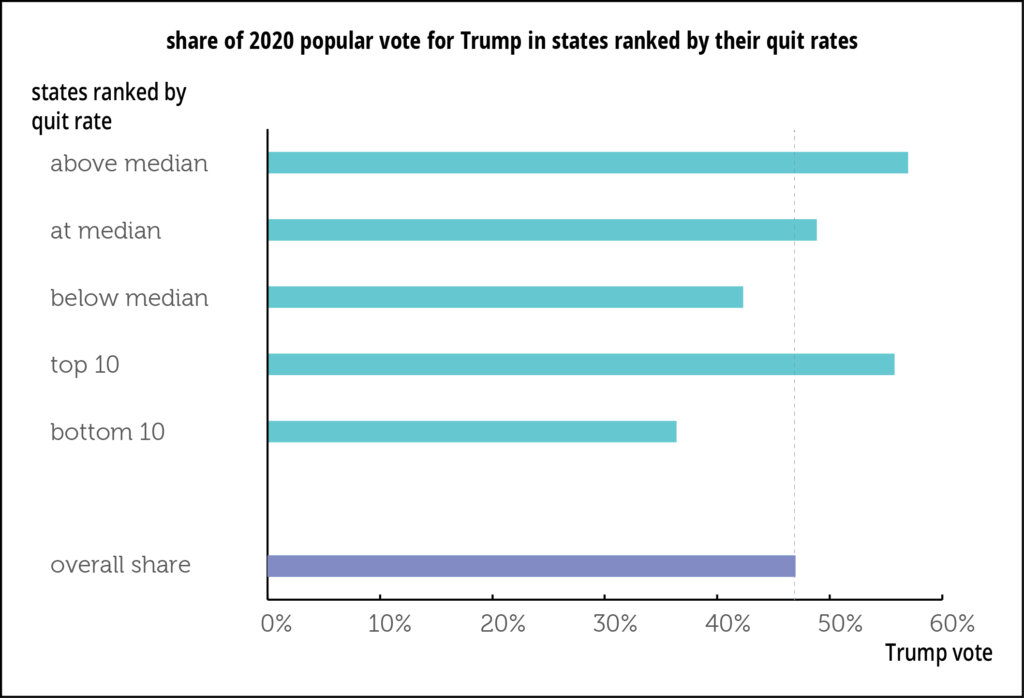
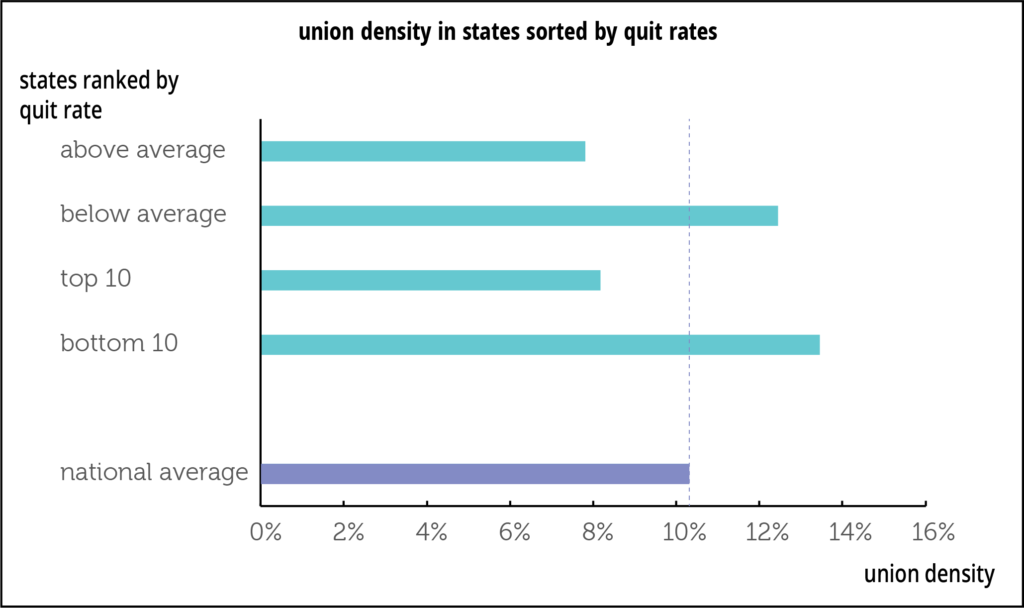
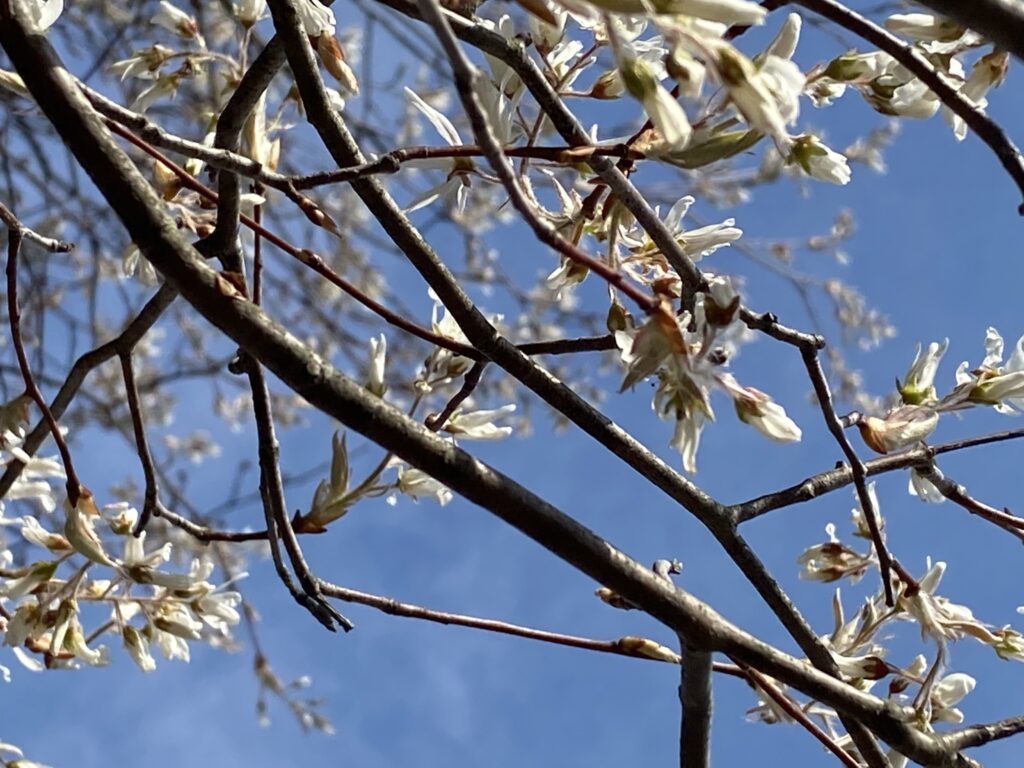
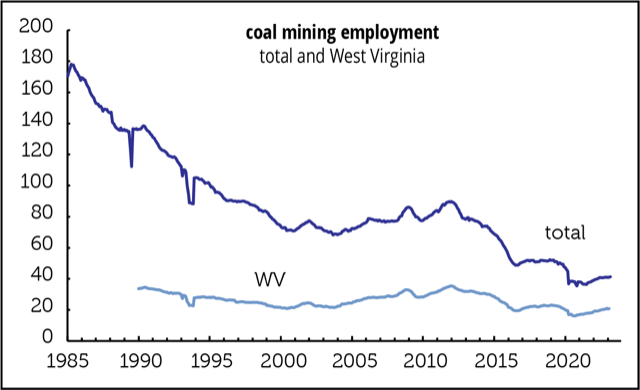




Logic Check from Bird World
Conservation scientist J. Christopher Haney, who was brought in by Fish & Wildlife to lead the largest study of pelagic birds in the Gulf Coast in the aftermath of the Horizon blowout, likes to count. In his recently released book, “Woody’s Last Laugh, How the Ivory-Billed Woodpecker Fools Us into Making 53 Thinking Errors,” he documents a hundred years of flawed thinking and makes some broad suggestions, an encouraging read in this time of loud, angry voices.
Many species facing extinction get little play in the press. Not so the Ivory-billed Woodpecker (IBWP): A putative spotting in the Big Woods of Arkansas in 2004/5 generated over 450 media reports, and arguments about the status of the species are often as acrimonious as current political dust-ups. As many know, the US Fish and Wildlife Service declared the species officially extinct seven months ago, despite persistent claims of sightings that continued after the announcement.
Haney admits that he chuckled in a snarky way when he read the F&WS announcement, not because extinction is funny, “it’s deadly serious,” but because, Here we go again….
In his younger years, Haney considered the extinction of the nomadic Ivory-billed Woodpecker (IBWP) a resolved issue, and concentrated on other questions. He admits that the status of the IBWP was never a big deal to him. He thinks of the species as a “big black, white and red woodpecker,” of which we have another so alike it is hard to distinguish, the pileated woodpecker. But eventually he was drawn in.
Haney’s father was a book salesman, and gave his young son many 19th century bird books, mostly seconds, that Haney read carefully. In the hoopla following the possible IBWP sightings some time ago, he found that the bird being described in the newspapers in the early aughts bore no resemblance to the bird described by naturalists in 1873. Yet the real tipping point for his thinking was driven by his observations of how people responded to the reports, and he embarked on a ten-year study of that phenomenon.
He hypothesizes that we have a “pig-headed death wish” for the bird because it does not conform to our expectations, and that this began in the late 1800s just as the US frontier was closing, causing the American public to engage in a lot of myth-making tied to the wilderness.
The somewhat incomprehensible errors that pushed the bird toward a “symbolic grave” began in the 1930s, when UT Knoxville ornithologist James Tanner saw them eating large grubs in pristine old growth forests. Those forests were “felled to the wartime ax” in the 1940s, and ornithologists decided the species could not adapt and would be forced into extinction. (People thought this about the similar pileated woodpecker around the same time.) Tanner did not follow the bird, which may be or have been an opportunistic wanderer. And importantly, his belief that they could only survive in virgin bottomland hardwoods was directly contradicted by a photograph taken by his own mentor showing a pair in piney flat woods, with a female on the ground—which supposedly doesn’t happen—amid scrawny trees.
There’s a lot in the book, but we’ll cut to a few of the biases Haney outlines, harking back to the work of Kahneman and others on our thought processes, always good reminders.
Anchoring bias, we have been anchored to the belief the bird is likely extinct for one hundred years, largely because of misconceptions about its diet. Haney points out that a bird so narrow a specialist would never have survived into the modern era, referencing the waves of extinctions that killed off 34 mammal genera over the years.
We often get extinctions wrong. We’ve re-found over three hundred species that were once believed extinct over the last hundred years, and we tend to rush to a belief in extinction rather than to a default that the species is alive somewhere. The Bermuda petrol, a sea bird of similar size, was listed as extinct in 1620, but in fact populations in the low single digits managed to hide out in the open terrain of Bermuda’s tiny islands to be rediscovered 300 years later. This is the Romeo bias, the serious error that led Romeo to kill himself when he believed Juliet was dead. Listing the ivory-billed as extinct takes it out of field guides, and makes it less likely that people will be able to identify individuals if seen, which will limit our understanding. In addition, the extinction stamp removes protections from potential habitats.
Haney makes the stunning observation that we take all sight reports before 1915 at face value and accept them, yet between 1915 and 1940 they became controversial, and every observation after 1940 has been attacked. He points out that in the 1800s observers were riding on horseback through tough terrain, without binoculars, while more recent observations benefit from excellent optics, lots of field guides, and “a cohesive birding fraternity unafraid to levy ruthless verdicts from doubting peers.” That we have changed our criteria across historic eras, essentially dismissing a whole class of people because they are “suggestable,” reflects fundamental attribution error. And it only goes in one direction: people are believed to have mistaken a pileated for an ivory-billed, never the other way around. There have been over a hundred sightings through the final decades of the 20th and into the early decades of the 21st centuries, which Haney considers important.
The math supports Haney’s view that we don’t know. He argues that we would have to send observers into every one of the 90,000 acres where the IBWP was once seen 254 times to be 99% sure it is not there. Even if there are as many as 500 birds remaining, sprinkled throughout ten southern states, the probability of seeing one is not zero but close to. A prior study costing $1.6 million got through only 12% of the territory, and was abandoned, with analysis suggesting if there were 100 birds a very poor sighting might occur every 2 years, but even a blurry photograph would probably take 20.
Haney closed one interview by noting that birders generally only accept indisputable sightings—“A 70% probability may be OK for stock-picking,” but not for science. But he calls keeping lists only of verified accounts nothing but a limiting hobby, and that hobbies are not “granted the final word on truth,” as we search of what is reliable in our universe. The IBWP described in ornithological science is not the same as the birders’ IBWP, we have to look at the math, look at the social identities of those arguing for and against—for example, southern hunters might want to keep federal regulators off their hunting grounds—and perhaps give some credence to recent sight reports. He suggests the safest thing to do is back away from this mind trap and say, “I don’t know,” a useful three words, if seemingly easier to say by those with broader knowledge.